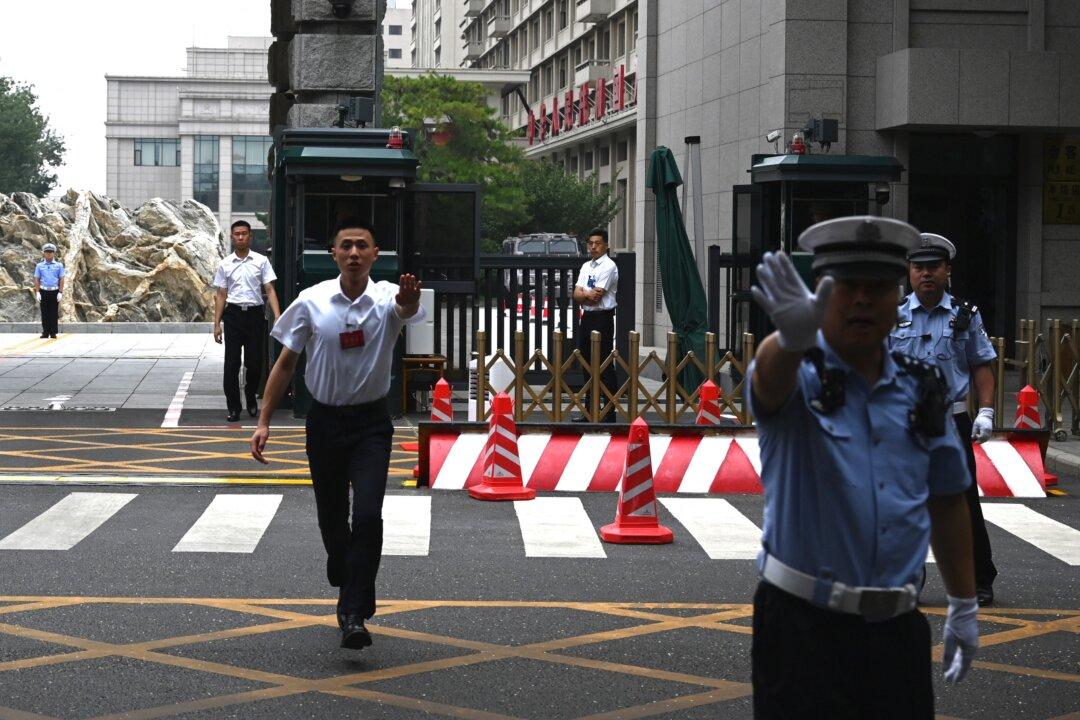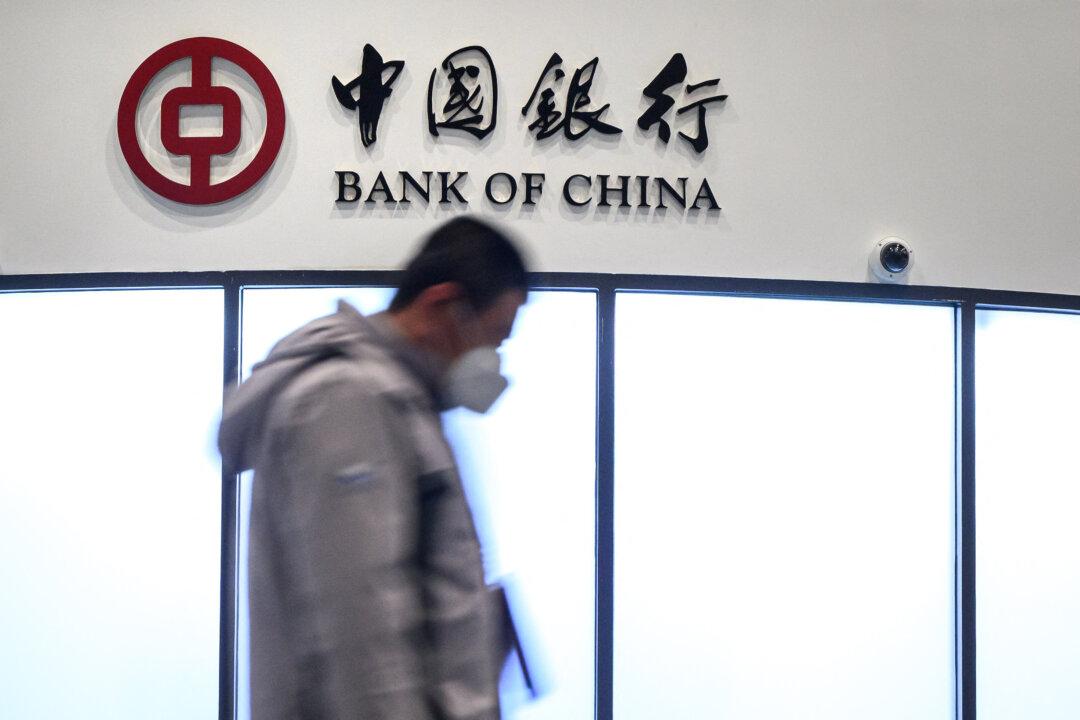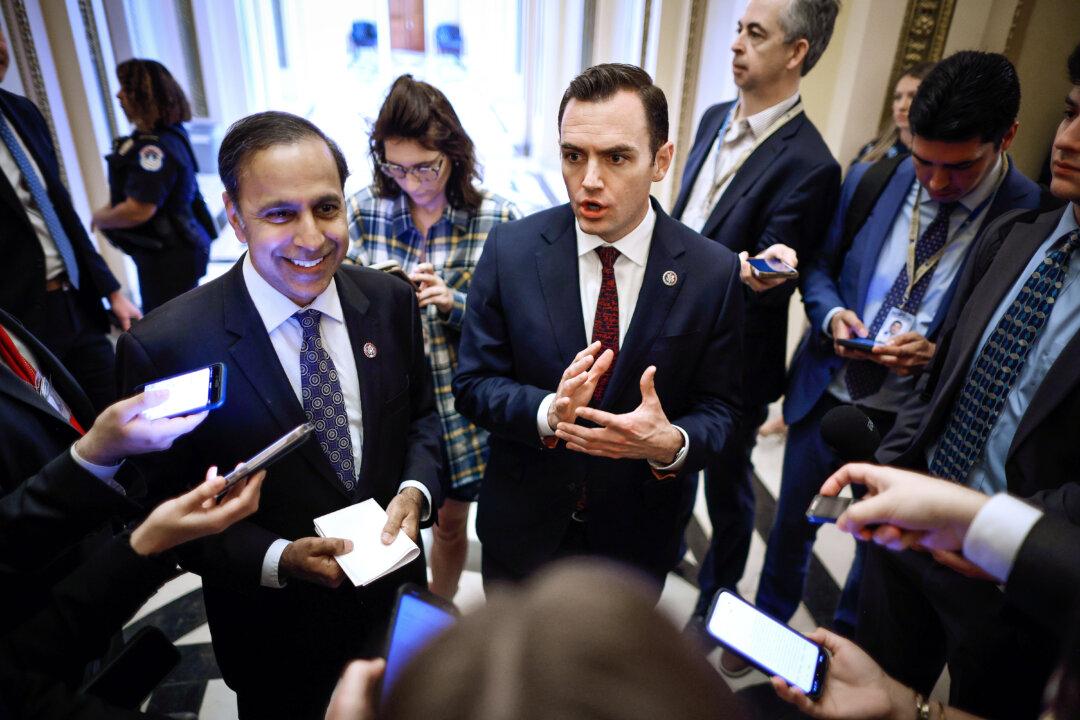Amid a backdrop of souring loans and diminishing reserve ratios, Chinese banks recently announced the least encouraging quarterly earnings in almost a decade.
Facing a challenging domestic and international economic environment, the banks’s underlying profits are deteriorating. The rising figure of official and nonofficial toxic loans is evaporating reserves and without drastic cuts to minimum reserve requirements, all but guarantees future losses.
It may be time to say goodbye to the industry’s string of quarterly profit increases and 10 percent dividend yields.
For years, Chinese banks managed earnings by adjusting provisions for bad debt that have been comfortably above the regulatory minimum. That threshold sits at 150 percent of existing nonperforming loans (NPLs), which Beijing lowered from 200 percent to help banks’s bottom lines and free up capital.
A Loan by Any Other Name
China’s official bad loan ratios sit between 1.5 percent and 2 percent at major banks. That figure is widely recognized as understated—even the most bullish investors peg the true NPL ratio to be in the high single digits.
Charlene Chu, partner at Autonomous Research Asia and head of its China banks research group, estimates that NPLs are as high as 22 percent systemwide, according to a recent interview with Barron’s Asia.
The discrepancy between these figures—and what makes calculating China’s NPL proportion so difficult—lies in what one considers to be debt. Chinese banks and regulators, and many mainstream Western research firms, analyze NPLs within a bank’s loan portfolio.





